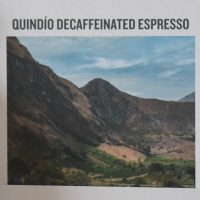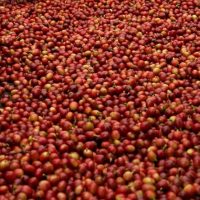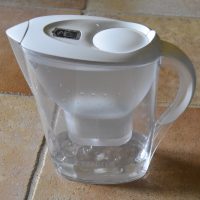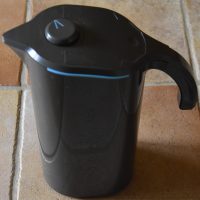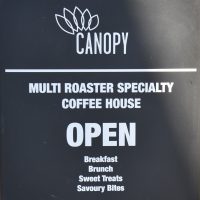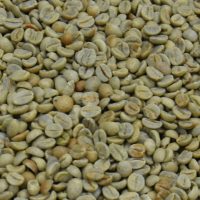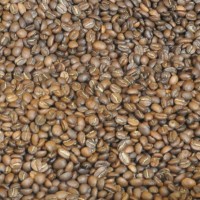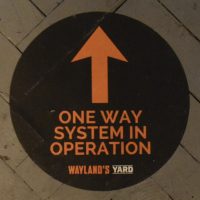 Since the relaxation of COVID-19 restrictions in England at the start of July, I’ve been visiting coffee shops again, including some in London, Reading, Chester, Birmingham and Liverpool. Although I haven’t been anywhere I’ve felt unsafe, there are big differences in how individual coffee shops have interpreted and implemented the COVID-19 guidelines and the measures that they’ve put in place.
Since the relaxation of COVID-19 restrictions in England at the start of July, I’ve been visiting coffee shops again, including some in London, Reading, Chester, Birmingham and Liverpool. Although I haven’t been anywhere I’ve felt unsafe, there are big differences in how individual coffee shops have interpreted and implemented the COVID-19 guidelines and the measures that they’ve put in place.
This post (the first of two) looks at some of these different measures, highlighting what has worked for me in terms of making me feel extra secure when visiting a coffee shop (whether I’m actually any safer is another matter). Wherever possible, I’ve illustrated my points with specific examples from coffee shops that I’ve visited.
That different coffee shops have chosen to implement the guidelines differently doesn’t surprise or bother me, since this was always going to be the case, often dictated by the physical layout of the shop. Similarly, I’d hate this post to be taken as a “must do” guide, although there are things that most coffee shops could do to improve. It’s also worth saying that I’ve deliberately tried to visit coffee shops when they are quiet, although over the last few weeks, I’ve noticed places getting busier across the board.

